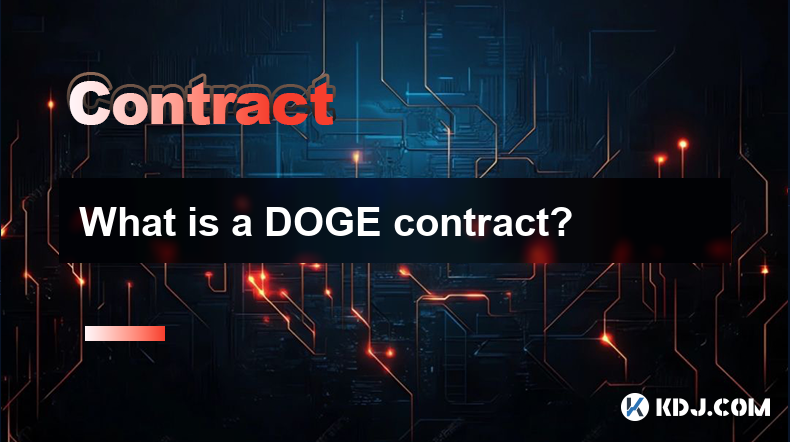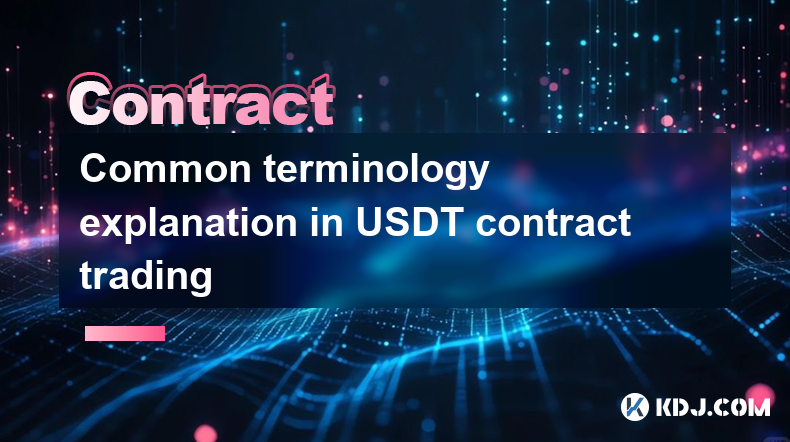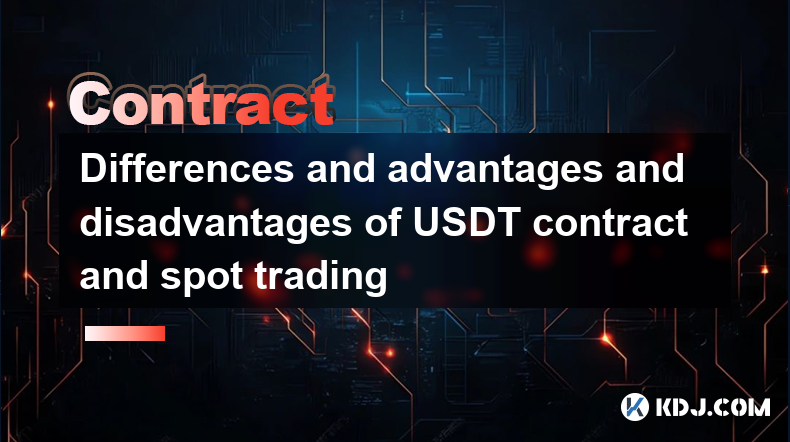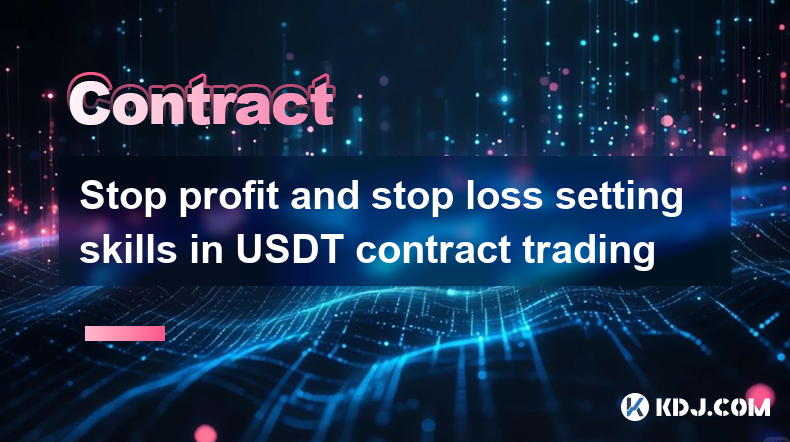-
 Bitcoin
Bitcoin $82,375.1836
2.45% -
 Ethereum
Ethereum $1,912.3988
0.39% -
 Tether USDt
Tether USDt $0.9995
-0.03% -
 XRP
XRP $2.1860
4.40% -
 BNB
BNB $555.2814
0.11% -
 Solana
Solana $123.2630
0.23% -
 USDC
USDC $0.9998
-0.01% -
 Cardano
Cardano $0.7328
1.71% -
 Dogecoin
Dogecoin $0.1654
4.18% -
 TRON
TRON $0.2224
-4.06% -
 Pi
Pi $1.5875
14.15% -
 UNUS SED LEO
UNUS SED LEO $9.8974
1.71% -
 Hedera
Hedera $0.2014
3.11% -
 Chainlink
Chainlink $13.0642
2.84% -
 Stellar
Stellar $0.2545
2.19% -
 Avalanche
Avalanche $17.5175
3.18% -
 Shiba Inu
Shiba Inu $0.0...01212
4.15% -
 Sui
Sui $2.2455
3.41% -
 Litecoin
Litecoin $89.9128
2.23% -
 Bitcoin Cash
Bitcoin Cash $335.6696
-0.36% -
 Toncoin
Toncoin $2.6682
2.70% -
 Polkadot
Polkadot $3.9916
0.90% -
 MANTRA
MANTRA $6.2652
-1.16% -
 Ethena USDe
Ethena USDe $0.9993
-0.01% -
 Dai
Dai $1.0000
0.01% -
 Bitget Token
Bitget Token $4.1554
0.62% -
 Hyperliquid
Hyperliquid $13.7998
-3.69% -
 Monero
Monero $210.2160
3.74% -
 Uniswap
Uniswap $5.9906
1.67% -
 Aptos
Aptos $5.1679
-4.76%
Stop loss and take profit settings on a contract on Gate.io
To manage risk in contract trading on Gate.io, traders can use stop loss orders to sell contracts at a specified price when the market falls, and take profit orders to sell when the market rises above a target.
Nov 21, 2024 at 04:28 pm

Stop Loss and Take Profit Settings on a Contract on Gate.io
Introduction
Stop loss and take profit orders are crucial tools in the world of contract trading. They allow traders to manage their risk and lock in profits by automatically closing their positions when certain conditions are met. In this article, we will delve into the settings and functionality of stop loss and take profit orders specifically on Gate.io, a leading cryptocurrency exchange.
Understanding Stop Loss and Take Profit Orders
- Stop Loss Order: A stop loss order is a conditional order to sell a contract at a predetermined price when the market price falls below a specified level. It is designed to limit potential losses by setting a boundary that prompts the sale of the contract if the market turns unfavourable.
- Take Profit Order: A take profit order is a conditional order to sell a contract at a predetermined price when the market price rises above a specified level. It is designed to secure profits by closing the position when the market reaches a desired target.
Setting Up Stop Loss and Take Profit Orders on Gate.io
1. Navigate to the Contract Trading Interface
- Log in to your Gate.io account and select the "Contracts" tab.
- Choose the contract you wish to trade, such as "BTC-USD (USDT)".
- Click on the "Open Contract" button to access the trading interface.
2. Customize the Order Form
- In the "Order Form" section on the right side of the interface, select the "Stop Loss" and "Take Profit" tabs.
- Set the desired percentage or price level at which you want the stop loss and take profit orders to be triggered.
Trigger:
- Stop Loss: This is the trigger price at which the stop loss order will be activated and your contract will be sold.
- Take Profit: This is the trigger price at which the take profit order will be activated and your contract will be sold.
Steps:
- Enter the stop loss and take profit prices or percentages.
- Select the type of order (market or limit).
- Adjust additional settings such as the order size and open direction (Short or Long).
3. Confirm the Order
- Once you have configured the stop loss and take profit settings, click on the "Stop/Loss" and "Take/Profit" buttons to confirm your orders.
- Your orders will be displayed in the "Pending Orders" section of the interface.
Example:
Suppose you are long a BTC-USD contract at a price of $28,000. To protect your trade from significant losses, you can set a stop loss order below the entry price. For instance, you could place a stop loss order at $27,500. This means that if the market price falls below $27,500, the stop loss order will be triggered, and your contract will be sold to limit your potential losses.
Additionally, to capture profits, you can set up a take profit order above the entry price. For example, you could set a take profit order at $30,000. This means that if the market price rises above $30,000, the take profit order will be activated, and your contract will be sold, locking in your profit.
Conclusion:
Stop loss and take profit orders are essential tools for managing risk and maximizing profits in contract trading. By learning how to set up and use these orders effectively, you can increase your chances of success and protect your capital. Remember to always consider your risk tolerance and adjust your settings accordingly.
Frequently Asked Questions (FAQs)
1. What is the difference between liquidation and stop loss?
Liquidation: Liquidation is an automatic process that occurs when a contract's maintenance margin level reaches or falls below a critical threshold. In this case, the exchange forcibly closes the position to prevent further losses. Stop Loss:** A stop loss order is a conditional order placed by the trader that triggers the sale of a contract when the market price reaches a certain level, regardless of the maintenance margin level.
2. What are the benefits of using stop loss and take profit orders?
- Limit Losses: Stop loss orders can help you limit your potential losses by selling your contract when the market price falls below a predetermined level.
- Secure Profits: Take profit orders can help you lock in profits by selling your contract when the market price reaches a predetermined target.
- Automate Execution: Both stop loss and take profit orders can be automated, allowing you to set your risk management and profit-taking strategies without the need for manual intervention.
3. What are some tips for using stop loss and take profit orders effectively?
- Set Realistic Levels: Choose stop loss and take profit levels that make sense for your trading strategy and risk tolerance.
- Consider Trailing Stops: Instead of fixed stop loss levels, consider using trailing stop orders which adjust dynamically as the market price moves in
Disclaimer:info@kdj.com
The information provided is not trading advice. kdj.com does not assume any responsibility for any investments made based on the information provided in this article. Cryptocurrencies are highly volatile and it is highly recommended that you invest with caution after thorough research!
If you believe that the content used on this website infringes your copyright, please contact us immediately (info@kdj.com) and we will delete it promptly.
- Bitcoin (BTC) Under Severe Selling Pressure, Having Lost the $85,000 Level Just a Few Days Ago
- 2025-03-12 15:35:50
- The Next Big Cryptocurrency Resurgence: Ethereum (ETH), Ripple (XRP), Dogecoin (DOGE), and Minotaurus (MTAUR)
- 2025-03-12 15:35:50
- U.S. Lawmakers Voted to Cancel an IRS Rule That Required Crypto Companies
- 2025-03-12 15:10:50
- US Senator Cynthia Lummis reintroduces BITCOIN Act to allow the government to potentially hold more than 1 million Bitcoin
- 2025-03-12 15:10:50
- XRP (XRP) Price Prediction: What Happens to the Crypto Asset After the SEC Lawsuit?
- 2025-03-12 15:05:50
- Crypto Market: Bitcoin (BTC) Price Today Surges 4% to Reclaim $82K Level; Market Cap Up 3.33% to $2.67T
- 2025-03-12 15:05:50
Related knowledge

What are the similarities and differences between DOGE contract and Bitcoin contract?
Mar 12,2025 at 12:06pm
Key Points:Both DOGE and Bitcoin contracts offer leveraged trading, allowing traders to magnify potential profits (and losses).Key differences lie in volatility, market capitalization, and underlying asset characteristics. DOGE is significantly more volatile than Bitcoin.Trading fees and leverage limits can vary between exchanges offering these contract...

What is a DOGE contract?
Mar 12,2025 at 09:01am
Key Points:DOGE contracts, unlike traditional contracts, are agreements executed on a blockchain using smart contracts.These contracts leverage the Dogecoin (DOGE) cryptocurrency for payments or collateral.Several types of DOGE contracts exist, including futures, options, and perpetual swaps.Risks associated with DOGE contracts include price volatility,...

Common terminology explanation in USDT contract trading
Mar 07,2025 at 04:36am
Key Points:USDT, a stablecoin pegged to the US dollar, is widely used in cryptocurrency contract trading.Understanding USDT contract trading involves grasping leverage, margin, liquidation, and perpetual contracts.Risk management is crucial, necessitating careful consideration of position sizing, stop-loss orders, and market volatility.Various exchanges...

Differences and advantages and disadvantages of USDT contract and spot trading
Mar 11,2025 at 12:27pm
Key Points:USDT Spot Trading: Involves directly buying and selling USDT for another cryptocurrency or fiat currency. Price is determined by market supply and demand.USDT Perpetual Contract Trading: Involves trading a contract that tracks the price of USDT against another cryptocurrency. Leverage is used, amplifying both profits and losses. No delivery o...

Position management skills in USDT contract trading
Mar 07,2025 at 08:42am
Key Points:Understanding position sizing is crucial for risk management in USDT contract trading.Leverage utilization significantly impacts potential profits and losses.Effective position management involves adapting to market volatility and your risk tolerance.Diversification across different trading pairs can reduce overall portfolio risk.Utilizing st...

Stop profit and stop loss setting skills in USDT contract trading
Mar 10,2025 at 02:10pm
Key Points:Understanding the importance of stop-loss and take-profit orders in mitigating risk and securing profits in USDT contract trading.Defining stop-loss and take-profit orders and their functions within the context of volatile cryptocurrency markets.Exploring various strategies for setting effective stop-loss and take-profit levels, considering f...

What are the similarities and differences between DOGE contract and Bitcoin contract?
Mar 12,2025 at 12:06pm
Key Points:Both DOGE and Bitcoin contracts offer leveraged trading, allowing traders to magnify potential profits (and losses).Key differences lie in volatility, market capitalization, and underlying asset characteristics. DOGE is significantly more volatile than Bitcoin.Trading fees and leverage limits can vary between exchanges offering these contract...

What is a DOGE contract?
Mar 12,2025 at 09:01am
Key Points:DOGE contracts, unlike traditional contracts, are agreements executed on a blockchain using smart contracts.These contracts leverage the Dogecoin (DOGE) cryptocurrency for payments or collateral.Several types of DOGE contracts exist, including futures, options, and perpetual swaps.Risks associated with DOGE contracts include price volatility,...

Common terminology explanation in USDT contract trading
Mar 07,2025 at 04:36am
Key Points:USDT, a stablecoin pegged to the US dollar, is widely used in cryptocurrency contract trading.Understanding USDT contract trading involves grasping leverage, margin, liquidation, and perpetual contracts.Risk management is crucial, necessitating careful consideration of position sizing, stop-loss orders, and market volatility.Various exchanges...

Differences and advantages and disadvantages of USDT contract and spot trading
Mar 11,2025 at 12:27pm
Key Points:USDT Spot Trading: Involves directly buying and selling USDT for another cryptocurrency or fiat currency. Price is determined by market supply and demand.USDT Perpetual Contract Trading: Involves trading a contract that tracks the price of USDT against another cryptocurrency. Leverage is used, amplifying both profits and losses. No delivery o...

Position management skills in USDT contract trading
Mar 07,2025 at 08:42am
Key Points:Understanding position sizing is crucial for risk management in USDT contract trading.Leverage utilization significantly impacts potential profits and losses.Effective position management involves adapting to market volatility and your risk tolerance.Diversification across different trading pairs can reduce overall portfolio risk.Utilizing st...

Stop profit and stop loss setting skills in USDT contract trading
Mar 10,2025 at 02:10pm
Key Points:Understanding the importance of stop-loss and take-profit orders in mitigating risk and securing profits in USDT contract trading.Defining stop-loss and take-profit orders and their functions within the context of volatile cryptocurrency markets.Exploring various strategies for setting effective stop-loss and take-profit levels, considering f...
See all articles














































































